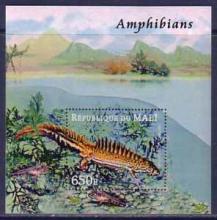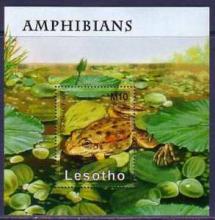World's Reptile Populations Running Thin
- Lees meer over World's Reptile Populations Running Thin
- Login om te reageren
Reptiles worldwide may be under greater environmental stress than their amphibian cousins, according to a report published in the journal BioScience. Amphibian declines have garnered much attention within the scientific community over the last 10 years. Declines of reptiles, often linked to amphibians, warrant attention on their own, the authors note. "Recent research has demonstrated that amphibians are declining on a global scale," said Whit Gibbons, a herpetologist and professor of ecology at the University of Georgia and lead author of the study. "We wanted to examine the same kind of evidence for reptiles as no one had yet synthesized the information to see if reptiles are facing similar problems." According to the researchers, government records show that reptiles are vanishing faster than amphibians. More reptiles face environmental problems based on the numbers of endangered and threatened species identified by the U.S. Fish and Wildlife Service, they point out. The Wildlife Service lists 26 species of amphibians and 88 species of reptiles under the Endangered Species Act. Likewise, the World Conservation Union lists 129 amphibians and more than 270 reptiles around the world as endangered or vulnerable.










